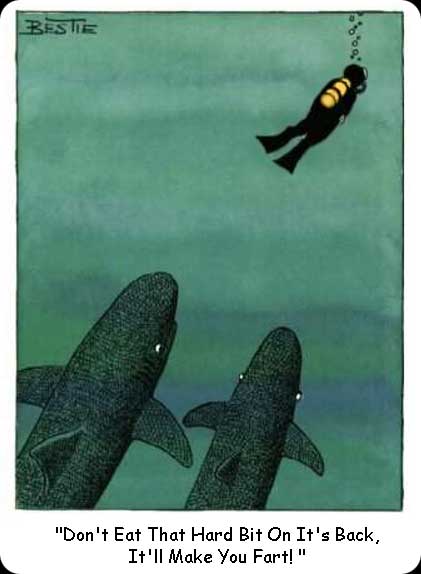Created for divers, snorkelers, aquarists and all marine enthusiasts, this "V.I.D" (Video ID) Guide covers the incredible marine biodiversity of this fantastic corner of the South Pacific.
It's an comprehensive identification guide to 1272 animal and plant species -- except that instead of being a book full of pictures, it's a video with gorgeous real-life footage of each species, and each of the 1739 video clips is labeled with the common and scientific names of each species.

"This is a powerful, practical resource. Something everyone who loves the sea can benefit from." Andrew Wiens, Scuba Diving magazine
This "V.I.D." Guide (Video ID) covers the incredible marine biodiversity of this fantastic corner of the South Pacific. The Marine Life of Fiji & Tonga is a comprehensive identification guide to 1272 animal and plant species — except that instead of being a book full of pictures, it's a video with gorgeous real-life footage of each species, and each of the 1739 video clips is labelled with the common and scientific names of each species.
Beautifully filmed and visually engaging, Marine Life of Fiji & Tonga contains pretty much every species you are likely to see, catch or hear about when counting butterflyfish in this part of the world. Three years and more than 3000 dives in the making, this is both an essential tool and exotic entertainment.
- 77 intuitive and easy-to-navigate DVD chapters
- 3.5 hours of gorgeous underwater footage
- 1739 video clips
- 1272 different species, including over 800 species of fish!
- common names and scientific names
- juveniles, males, females — plus endemic species and local colour variations
- video allows you to study behaviour: how species swim, feed, court, fight, clean, hunt
- tight macro shots show fine details, markings and texture normally impossible to see
- soothing ambient music by award-winning composer Bjorn Lynne
- filmed with utmost care and respect for the underwater environment
- downloadable checklist to keep a record of the species you've seen yourself (PDF format)
The package includes 2 DVD videos that you can play on your TV or computer plus a 14-page reference booklet with line drawings, descriptions and helpful information.
Disc One: FISH including sharks, lionfish, gobies, angelfish, ghost pipefish, rays, eels, butterflyfish, dragonets, seahorses, barracudas, parrotfish...
Disc Two: EVERYTHING ELSE including whales, nudibranchs, corals, octopus, crustaceans, sponges, jellyfish, sea stars, sea snakes, cuttlefish...
Josh Jensen & Liz Harlin from Underseas Productions has allowed us to show the Butterflyfish Section here for the Great Fiji Butterflyfish Count 2008. THANKS JOSH & LIZ!
Marine Life of Fiji and Tonga: A Video Identification Guide - The Great Fiji Butterflyfish Count 2008






 SEA&SEA announces the availability of the MDX-5D MKII DSLR housing for the 21.1MP Canon EOS 5D MKII.
SEA&SEA announces the availability of the MDX-5D MKII DSLR housing for the 21.1MP Canon EOS 5D MKII.

 SeaWeb’s Marine Photobank and Project AWARE Foundation are teaming up to bring you the
SeaWeb’s Marine Photobank and Project AWARE Foundation are teaming up to bring you the 

 whistles as their only audible surface signaling device. But, if a diver is disabled and can’t blow into the whistle, the whistle makes no sound at all. Equally frustrating and dangerous, if a diver needs to attract the attention of someone who is too far away to hear the whistle, the whistle is of no help.
whistles as their only audible surface signaling device. But, if a diver is disabled and can’t blow into the whistle, the whistle makes no sound at all. Equally frustrating and dangerous, if a diver needs to attract the attention of someone who is too far away to hear the whistle, the whistle is of no help.

 The birth of the modern day environmental movement began on April 22, 1970 when a U.S. Senator from Wisconsin named Gaylord Nelson organized the first nationwide environmental protest. Little did he know at the time that for the next 39 years on April 22, environmentalists from around the world would come together to focus on Mother Earth as we celebrate Earth day.
The birth of the modern day environmental movement began on April 22, 1970 when a U.S. Senator from Wisconsin named Gaylord Nelson organized the first nationwide environmental protest. Little did he know at the time that for the next 39 years on April 22, environmentalists from around the world would come together to focus on Mother Earth as we celebrate Earth day.



